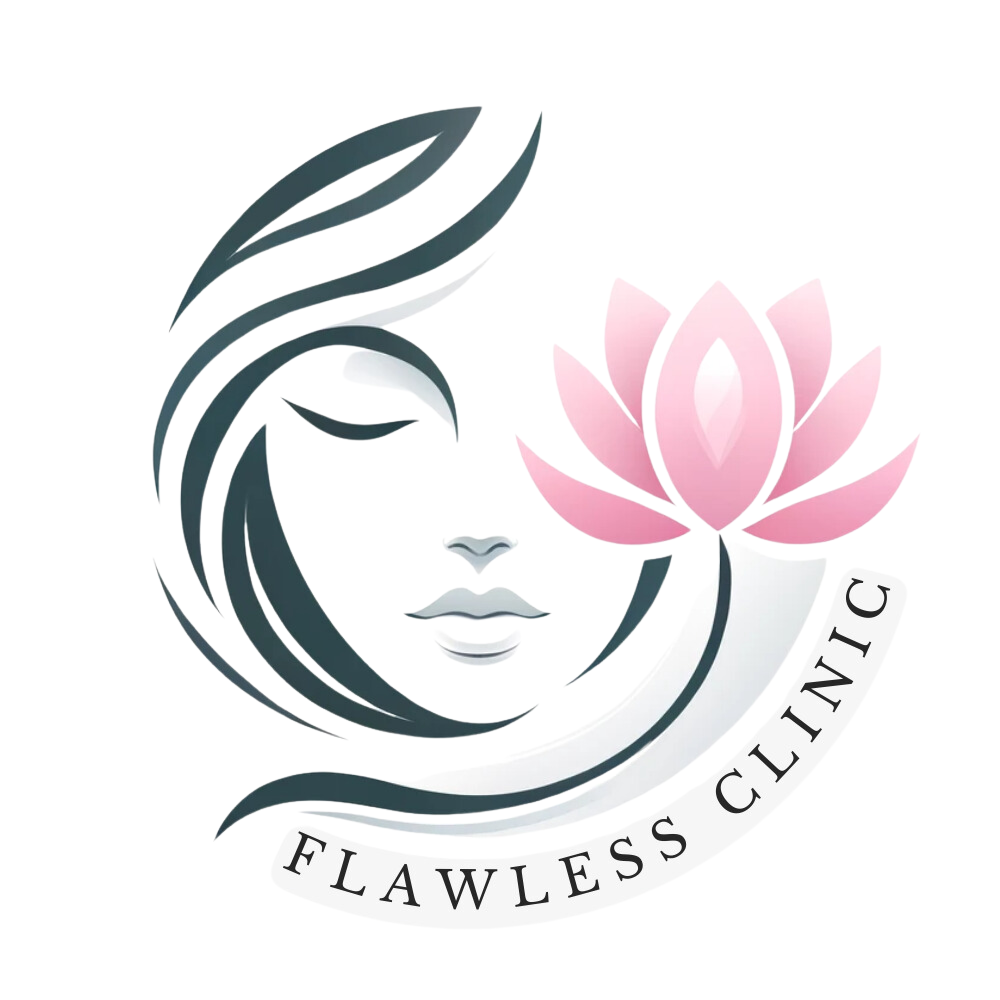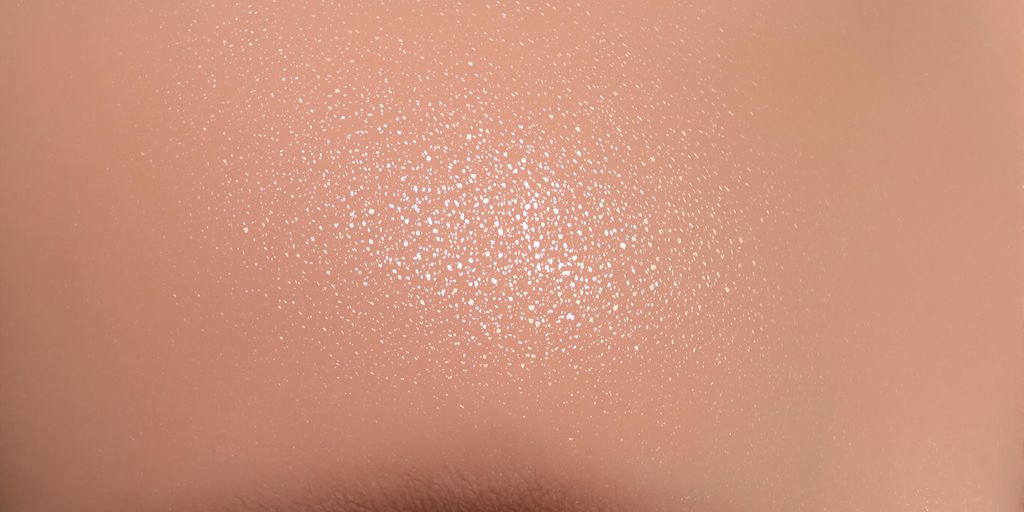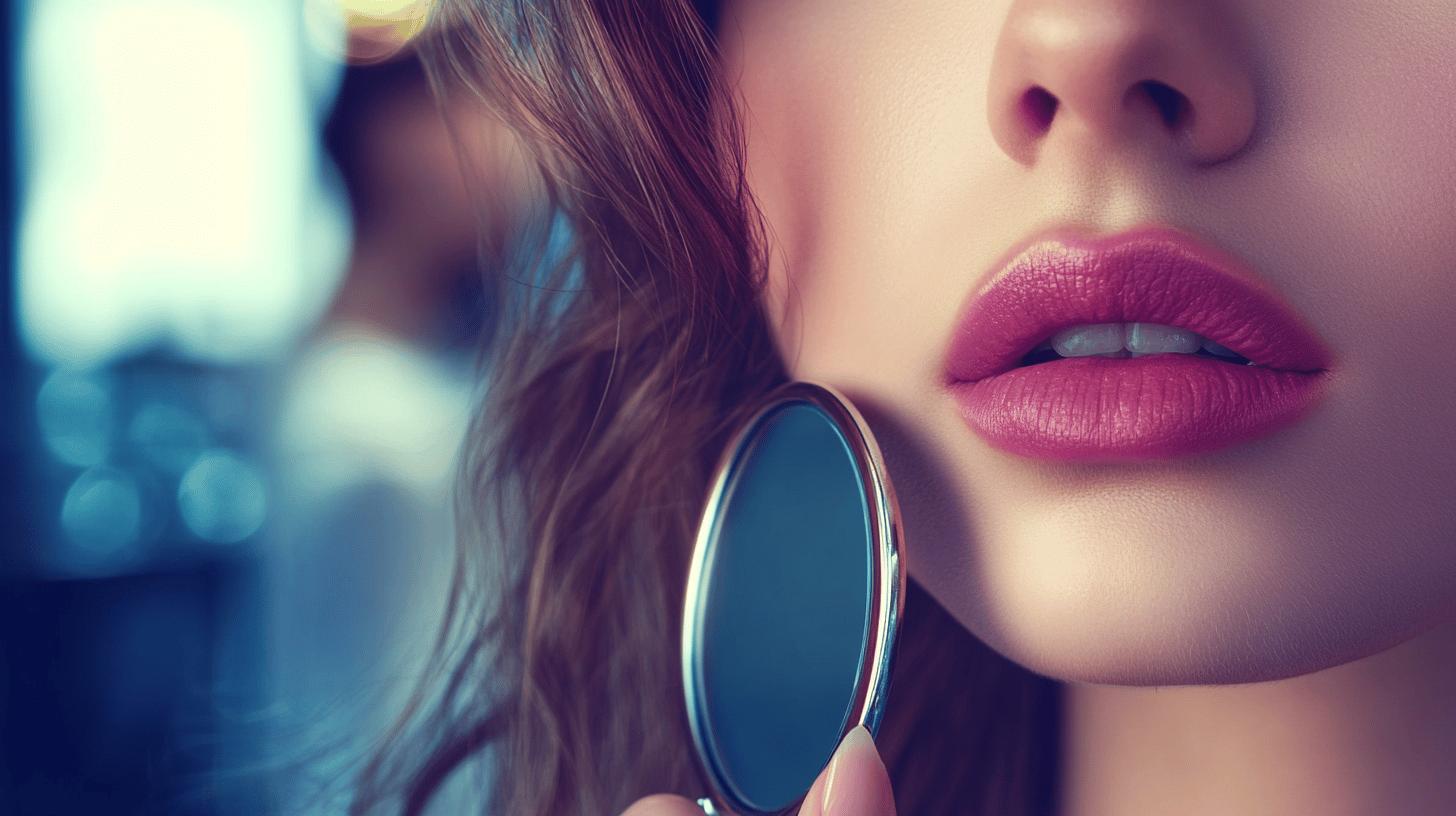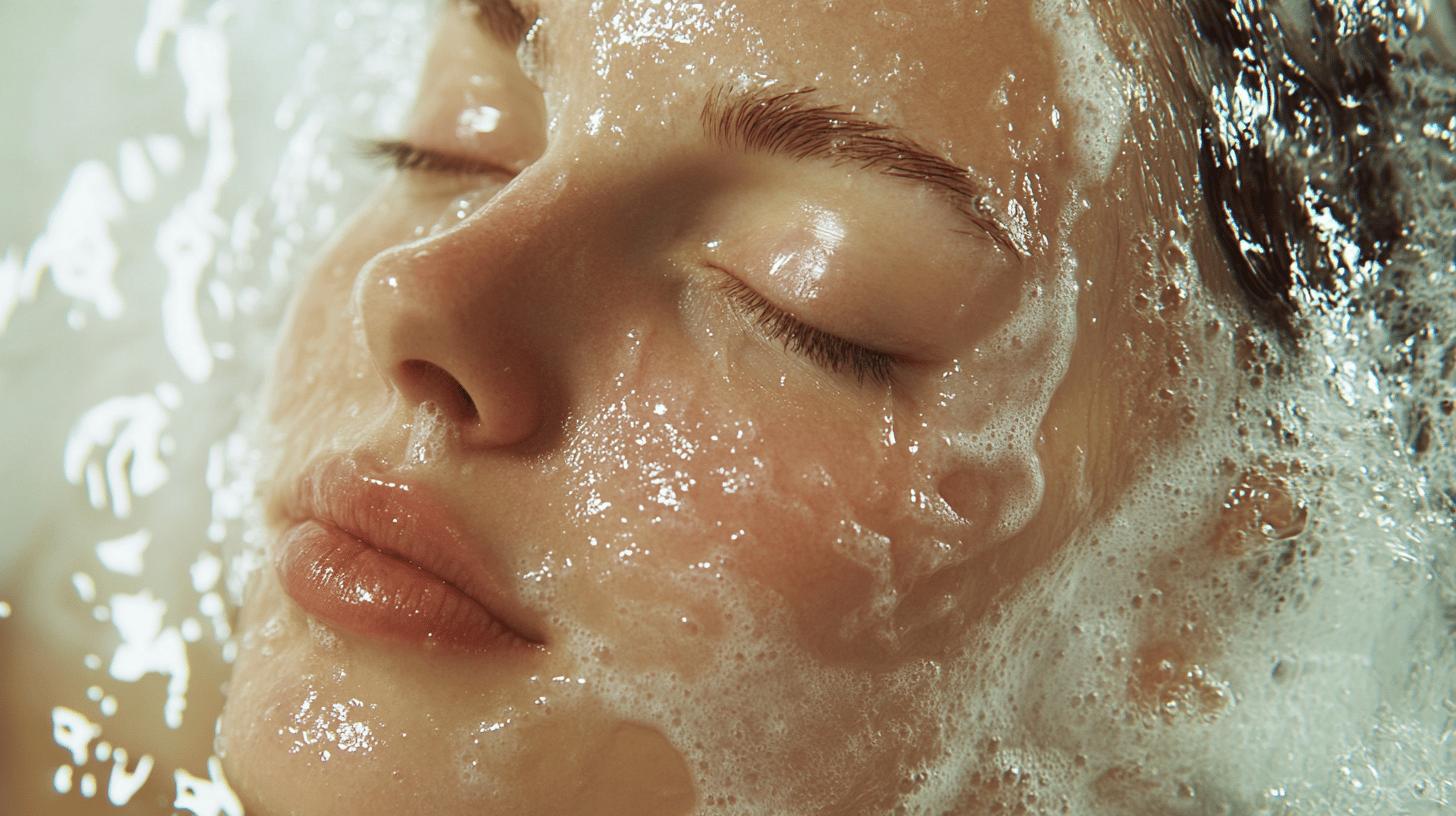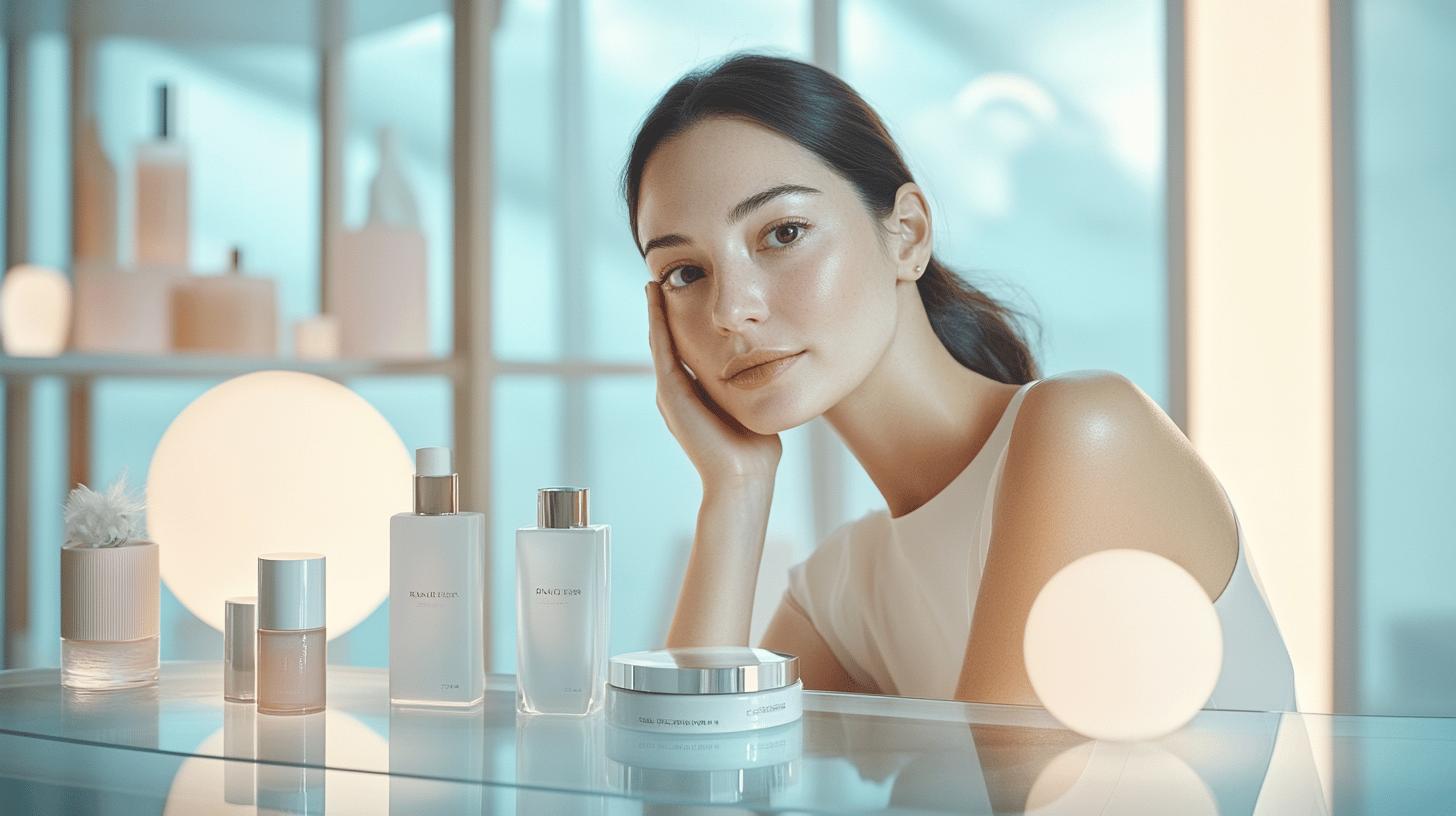Unlocking radiant skin following a cosmetic treatment might feel daunting, but with the proper skincare routine, it is within your grasp. Post-treatment skin care is pivotal not only for enhancing your glow but also for promoting the healing process and ensuring optimal results. By embracing a delicate skincare routine, using gentle cleansers, and avoiding harsh exfoliants, you can protect your newly treated skin. Further, making hydration a priority with hyaluronic acid-based products will maintain moisture and support recovery. Join us as we delve into the best post-treatment skincare tips to unlock your skin’s true radiance and confidence.
Essential Post-Treatment Skincare Routine
Following a cosmetic treatment, maintaining a gentle skincare routine is vital to enhance skin radiance and support the healing process. Why is this important? The skin becomes more sensitive and vulnerable to irritation, necessitating a cautious approach. Using gentle, fragrance-free cleansers and avoiding harsh exfoliants for at least a week can prevent further irritation. A post-treatment skincare routine should focus on nurturing the skin with soothing and hydrating products, allowing it to recover and reveal its natural glow.
- Use gentle, fragrance-free cleansers
- Avoid exfoliating products
- Moisturize with hyaluronic acid-based products
- Apply hydration boosters like squalane oil
- Use protective petroleum jelly-based products
Hydration plays a crucial role in the skin healing process. Moisturising with products containing hyaluronic acid helps maintain skin hydration and promotes healing by attracting and retaining moisture. Incorporating hydration boosters like squalane oil can further enhance skin recovery, providing an extra layer of nourishment and protection. Regular moisturisation aids in reducing dryness and maintaining skin elasticity, ultimately giving the skin a healthy, radiant appearance.
Avoiding active ingredients is equally important post-treatment. For at least 48 hours, steer clear of products containing retinoids or acids to minimise the risk of irritation. These ingredients, although beneficial under normal circumstances, can exacerbate sensitivity and slow the healing process in post-treatment skin. By focusing on a gentle and hydrating skincare routine, one can ensure proper healing and achieve the desired results from their cosmetic treatment.
Protecting Your Skin from Sun Damage
Post-treatment skin is especially sensitive to UV rays, increasing its vulnerability to sun damage. This heightened sensitivity makes diligent sun protection imperative to ensure the skin heals properly and remains healthy. To safeguard against harmful UV exposure, it is essential to apply a broad-spectrum sunscreen daily with an SPF of 30 or higher. Using mineral-based sunscreens, such as those containing 20% zinc oxide, can offer gentle yet effective protection.
To maximise sun protection, proper application and reapplication of sunscreen are crucial. Begin by applying sunscreen generously to all exposed areas at least 15 minutes before going outdoors. Reapply every two hours or more frequently if swimming or sweating. Ensuring even coverage is key—don’t forget often-missed spots like the ears, neck, and hands. Incorporating these practices into your routine will help shield your post-treatment skin from the sun’s damaging effects, promoting a smoother recovery and long-lasting radiance.
Soothing and Reducing Redness
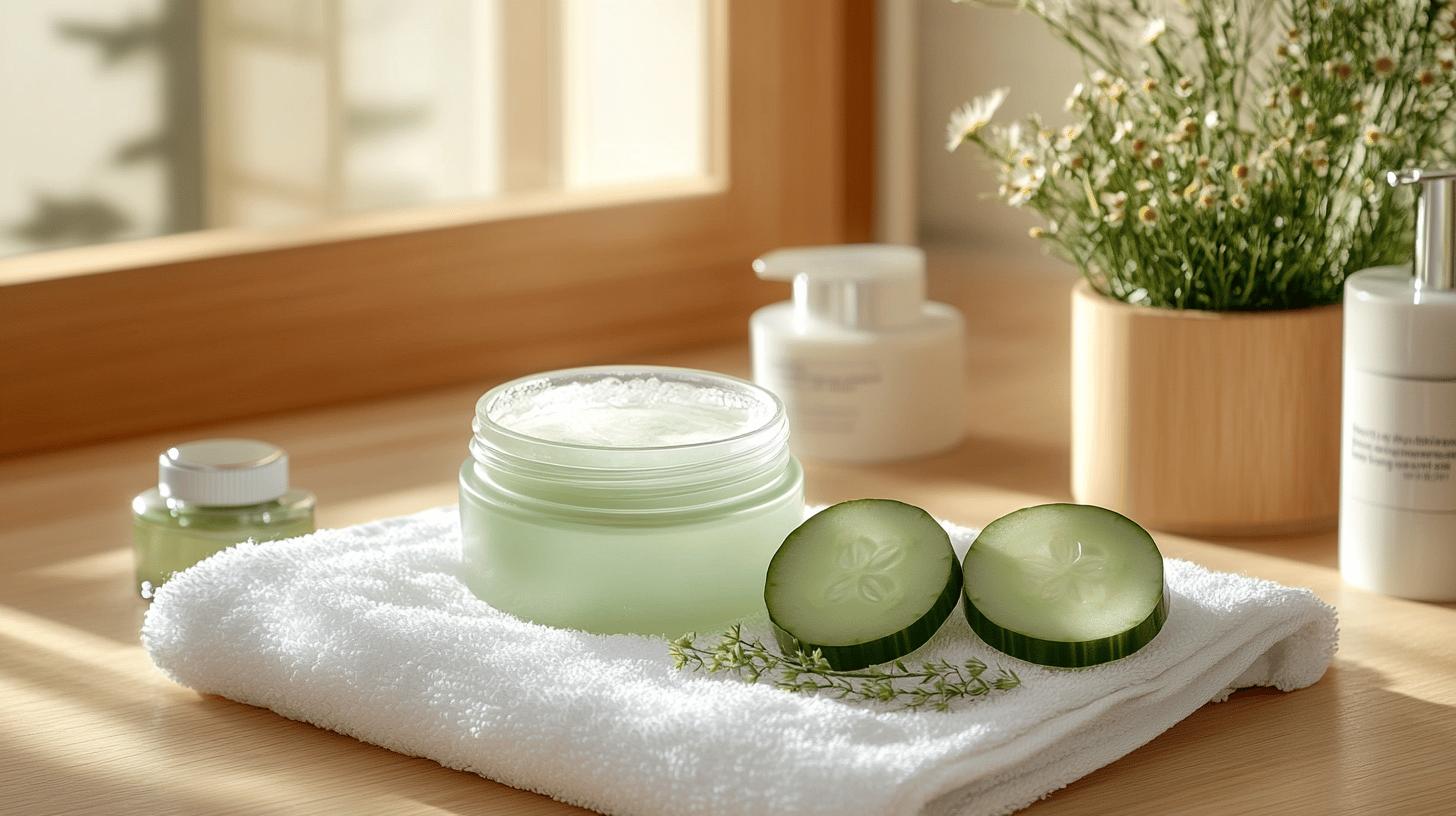
Post-treatment redness is a common response as the skin undergoes repair and regeneration. This redness is often due to increased blood flow and inflammation in response to the treatment, which can cause temporary irritation and sensitivity. Managing this redness effectively is crucial for comfort and optimal healing, making soothing skincare a pivotal part of post-treatment care.
- Aloe vera gel
- Chamomile tea compress
- Cucumber slices
- Calming face masks
If redness, sensitivity, or dryness persists beyond a few days, it is advisable to consult a dermatologist. These symptoms might indicate an adverse reaction or require professional intervention to ensure proper healing. A dermatologist can provide tailored advice and treatments to alleviate discomfort and promote recovery.
Calming serums are beneficial for reducing redness and soothing irritated skin. These serums often contain ingredients like niacinamide or green tea extract, known for their anti-inflammatory properties. Incorporating such serums into your skincare routine can help minimise irritation, enhance skin healing, and restore a balanced complexion.
Hydration: The Key to Radiance
Hydration plays a pivotal role in skin recovery following cosmetic treatments. Why is hydration so important for healing? It provides essential moisture that supports cellular repair and regeneration, aiding in the restoration of the skin’s natural barrier. By keeping the skin well-hydrated, it becomes more resilient and capable of healing efficiently, ultimately resulting in a radiant complexion.
Incorporating hyaluronic acid into your skincare routine is highly beneficial post-treatment. How does hyaluronic acid benefit the skin? Hyaluronic acid is a powerful humectant that attracts and retains moisture, aiding in hydration and plumping the skin. Regular use of products containing hyaluronic acid can significantly improve skin texture, enhance elasticity, and reduce the appearance of fine lines. This ingredient is particularly effective in maintaining skin hydration, promoting a smooth and youthful appearance.
Squalane oil is another excellent hydrating product to consider. What makes squalane oil effective for the skin? Squalane is a lightweight, non-comedogenic oil that mimics the skin’s natural sebum, offering deep hydration without clogging pores. It is suitable for all skin types and helps to lock in moisture, protect the skin barrier, and prevent dryness. Applying squalane oil throughout the day as needed can provide an extra layer of nourishment, ensuring the skin remains supple and well-protected during the healing process.
Internal hydration is just as critical as topical treatments. Why is drinking water important for skin recovery? Staying hydrated by drinking plenty of water supports skin recovery from the inside out. Adequate water intake helps maintain optimal skin function, flushes out toxins, and enhances overall skin appearance. By prioritising both external and internal hydration, one can achieve a glowing, healthy complexion post-treatment.
Avoiding Common Skincare Mistakes
Avoiding common skincare mistakes is crucial for optimal skin recovery post-treatment. One prevalent misconception is the assumption that active ingredients like vitamin C or exfoliants can accelerate healing. Can these ingredients be beneficial immediately after treatment? No, using active ingredients too soon can lead to irritation and disrupt the healing process. It is important to allow the skin to repair naturally before reintroducing potent skincare products. Another myth is that more products mean better results. In reality, over-application can overwhelm the skin, leading to clogged pores and delayed recovery.
- Avoiding active ingredients too soon
- Picking at healing skin
- Using dirty towels or pillowcases
- Over-applying products
- Skipping dermatologist consultations
Cleanliness is paramount in post-treatment skincare to prevent infection and promote healing. Why is it essential to maintain hygiene? Clean towels, pillowcases, and hands help prevent bacteria from aggravating sensitive skin. Picking at healing skin should also be avoided as it can result in scarring and hyperpigmentation, prolonging the recovery period. By maintaining a clean environment, the skin is better able to heal without disruptions.
Listening to dermatologist advice is fundamental for effective post-treatment care. Why is professional guidance important? Dermatologists provide tailored advice based on individual needs and the specific treatment received. Skipping consultations can result in uninformed decisions that may hinder recovery. Engaging with professional advice ensures that skincare practices are aligned with the skin’s unique requirements, fostering a smoother healing journey and achieving the desired results.
Tailoring Skincare to Treatment Type
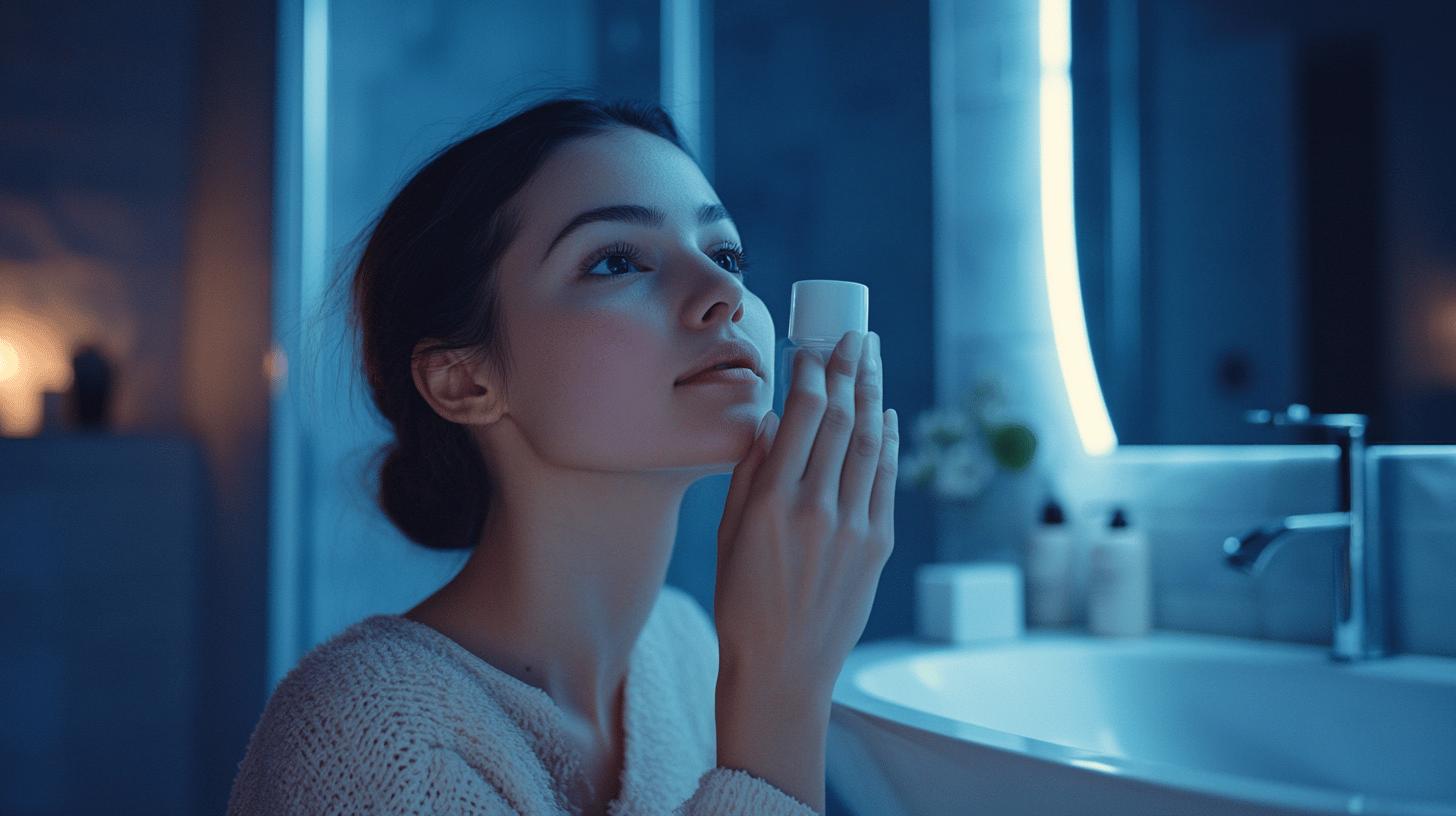
Customising skincare post-treatment is essential for achieving the best results and ensuring a smooth recovery. Why is tailored skincare important? Different treatments impact the skin in unique ways, necessitating specific aftercare to address particular skin responses and promote healing. For instance, microneedling and chemical peels have different effects on the skin, thus requiring distinct post-treatment routines. Understanding these differences and adapting your skincare accordingly can enhance recovery and optimise the outcome of the treatment. It is crucial to follow a gentle skincare routine and avoid common irritants that can hinder the healing process.
Microneedling Aftercare
After microneedling, the skin’s surface is more permeable, requiring extra caution. What should you do post-treatment? Use gentle, non-irritating products to cleanse and hydrate the skin. Applying a broad-spectrum sunscreen with SPF 30 or higher is essential to protect the skin from UV damage, as it becomes more susceptible to sun exposure. Hydration is key—incorporate products containing hyaluronic acid and squalane oil to maintain moisture levels and support skin repair. By focusing on gentle care and protection, the skin can heal efficiently, reducing the risk of irritation and promoting a healthy, rejuvenated appearance.
Chemical Peel Recovery
Following a chemical peel, the skin may experience redness and peeling. How can you aid recovery? Emphasise soothing products that calm the skin, such as aloe vera gel or calming serums. Avoid active ingredients like retinoids and acids initially, as they can exacerbate irritation. Gradually reintroduce regular skincare products as the skin begins to heal. This gradual approach helps the skin regain its balance and supports the regeneration process. By prioritising soothing care and avoiding overstimulation, the skin can recover effectively, restoring its natural glow.
Consulting with skincare professionals is invaluable for tailored post-treatment advice. Why seek professional guidance? Skincare experts can offer personalised recommendations based on the specific treatment and individual skin needs, ensuring the most effective aftercare routine. Their expertise helps navigate the complexities of skincare post-treatment, providing insights that enhance recovery and maximise treatment results. Engaging with professionals ensures that skincare practices are aligned with the skin’s unique requirements, fostering a smoother healing journey.
Final Words
Adopting a post-treatment skincare routine is essential for enhancing skin radiance and promoting healing. Key practices include using mild cleansers, avoiding exfoliants, and maintaining hydration with products like hyaluronic acid. Protecting your skin from the sun is crucial; use broad-spectrum sunscreen and limit sun exposure. To soothe redness, consider calming serums and other gentle solutions. Avoid common skincare mistakes by steering clear of active ingredients and maintaining hygiene. Lastly, tailor your aftercare to the specific treatment type for optimal results. By incorporating these practices, you’ll be well on your way to unlocking radiance and achieving healthy, beautiful skin.
FAQ
What is the essential post-treatment skincare routine?
The essential post-treatment skincare routine involves:
- Use gentle, fragrance-free cleansers.
- Avoiding exfoliating products.
- Moisturising with hyaluronic acid-based products.
- Applying hydration boosters like squalane oil.
- Using protective petroleum jelly-based products.
Why is hydration important for radiant skin after treatment?
Hydration is crucial post-treatment as it supports skin recovery and enhances appearance. Hydrating products like hyaluronic acid and squalane oil help maintain moisture, and drinking water aids in internal hydration, promoting overall skin health.
How can I protect my skin from sun damage post-treatment?
To protect post-treatment skin from sun damage, apply a broad-spectrum sunscreen with SPF 30 or higher daily. Avoid the sun when possible, and if needed, use a mineral sunscreen with 20% zinc oxide for optimal protection.
How can redness be soothed and reduced after treatment?
Redness after treatment can be soothed using:
- Aloe vera gel
- Chamomile tea compress
- Cucumber slices
- Calming face masks
If redness or irritation persists, it is advisable to consult a dermatologist. Calming serums can also offer significant benefits by soothing sensitive skin.
What are some common post-treatment skincare mistakes to avoid?
Avoid the following mistakes after treatments:
- Using active ingredients too soon
- Picking at healing skin
- Using dirty towels or pillowcases
- Over-applying products
- Skipping dermatologist consultations
Cleanliness is essential, and following dermatologist advice is imperative to prevent infections and scarring.
How should skincare be tailored to specific treatment types?
Skincare should be customised based on treatment type. Consult with a skincare professional for specific post-treatment care tailored to the treatments received.
Microneedling Aftercare
Use gentle products, avoid sun exposure, and maintain hydration to support healing after microneedling.
Chemical Peel Recovery
For chemical peels, focus on soothing products, avoiding active ingredients, and gradual reintroduction of regular skincare products for optimal recovery.
